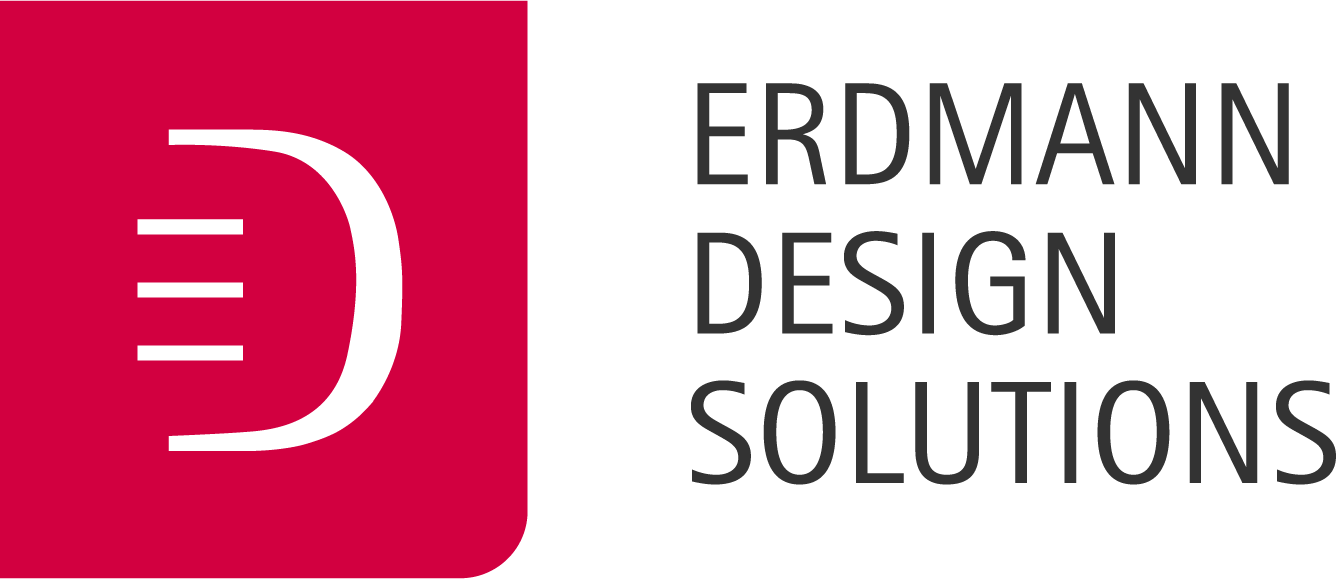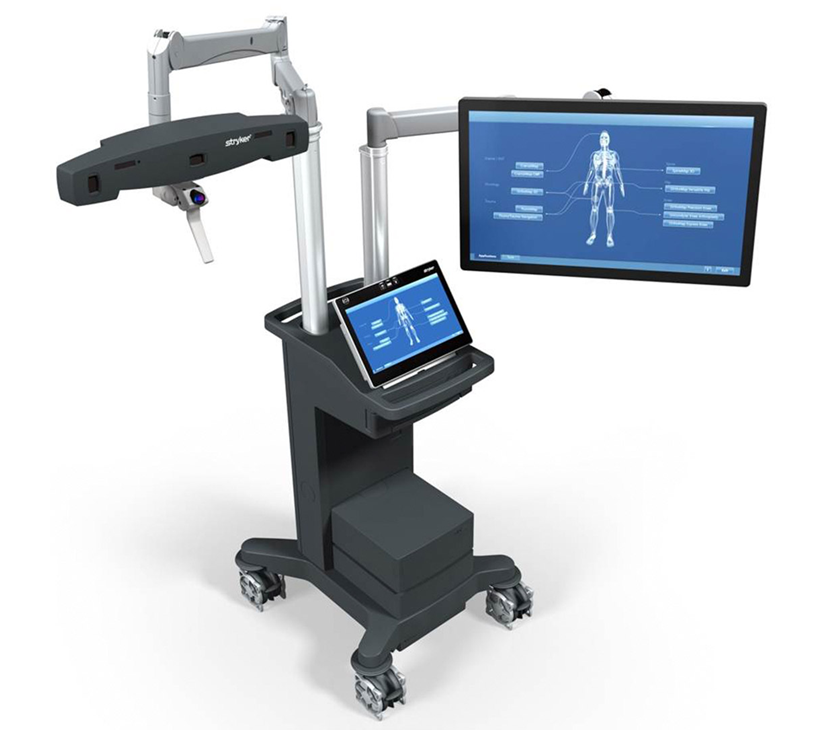By Erdmann Solutions…
Erdmann Design Experience Mapping
Erdmann Design’s core philosophy of Human Centered Design (HCD) focuses on the end-user experience and creating a solution that is both friendly and intuitive. This is particularly relevant in designing medical devices and technologies for use in life sciences.
At the heart of an effective HCD process is the Experience Map, whose purpose is to generate an overview of the entire workflow, analyzing every interaction paradigm involved in its use and at multiple levels, including software, hardware and every group of stakeholders.
A process for medical design
Experience Mapping is a process-oriented method that harnesses the engagement of engineers, users, marketing experts and designers for a truly effective total design. This is particularly relevant when creating medical products that typically take between at last three years and sometimes up two eight years from first inception (the Big Idea) to final regulatory approval and market launch.
From the initial development stage, medical products are expected to be adapted purposefully to the needs, concerns and experiences of the specialist medical world and their practical application by doctors, nurses, care attendants and patients. This means that everyone involved in the process has to be integrated in development almost from the start.
Cranial 2.0: an Experience Mapping Case Study
An illustrative case study here is Erdmann Design’s participation in Stryker’s Cranial 2.0 software for its NAV3i surgical navigation system – an IT system created to guide neurosurgeons. The Experience Map formed a strategic tool help to define all the design goals and development decision-making steps required to perfect the product.
Creating the Experience Map for Cranial 2.0 was assisted by Erdmann Design’s many years of accumulated knowledge in the development of medical systems, resulting in a tool that could define genuine human-centered design qualities based on the ‘lived’ and ‘felt’ needs of users.
A multi-level approach
The fully developed Cranial 2.0 Experience Map (see Resources) operates at four different levels:
- Navigation Path: What is happening on screen
- Stakeholders: detailed interactions and decisions faced by surgeons, other physicians, nurses, circulators, sales representatives and tech support professionals involved in the system.
- GUI: Mapping the detailed interactions to be carried out via the 24 inch touchscreen using the Graphical User Interface
- Hardware: Physical and tactile interactions involved in using the system for doctors and patients.
At each level and in parallel, the Experience Map plots the whole user story from device set up through patient preparation and examination, through to closing the case and patient discharge. This provides a mechanism through which all stakeholders can contribute their particular specialist knowledge and perspectives.
Experience Mapping Benefits
By laying out the total experience as an end-to-end story, the Experience Map allows the whole process to be interrogated in detail to identify any points of uncertainty – and how the design needs to help resolve them. Apart from HCD disciplines, this also required immersion in the field of User Experience (UX) as typically used in software design.
The created experience map helps to focus on the essential at all times with the needs of users and patients as the ultimate design goal . The knowledge and ideas of the users are part of the design. In-house experts, from research and development to marketing specialists and sales professionals, are involved right from the start.
Classic planning culture is often seen as a linear process handled “step by step” with few clearly defined milestones.
By contrast, HCD and Experience Mapping are dynamic processes that links together the requirements of the internal company objectives and business field strategies with the needs and demands of the target market. The Erdmann Design Experience Map is a dynamic and evolving tool that continuously records all internal and external influencing factors and changes and therefore can guide the entire development process.
Resources
Click on Cranial 2.0 Human Centered Design Experience Map to view a map in detail.



















